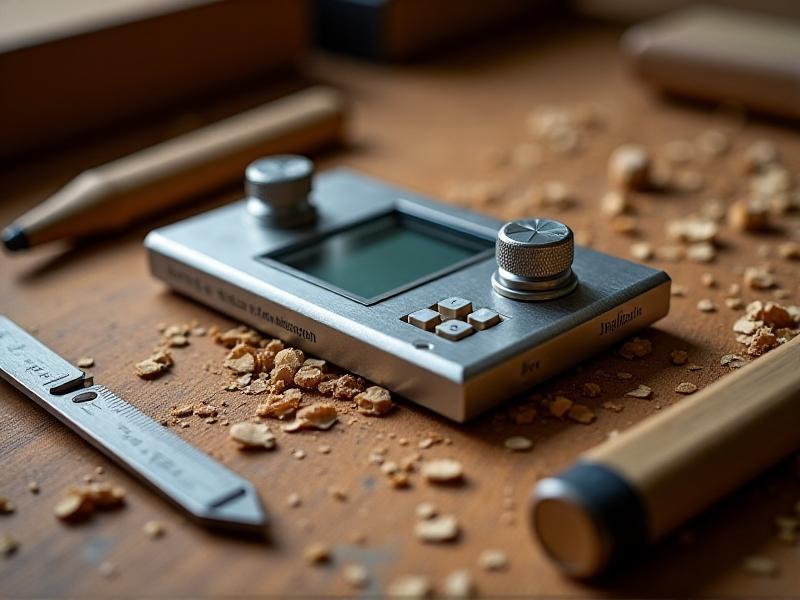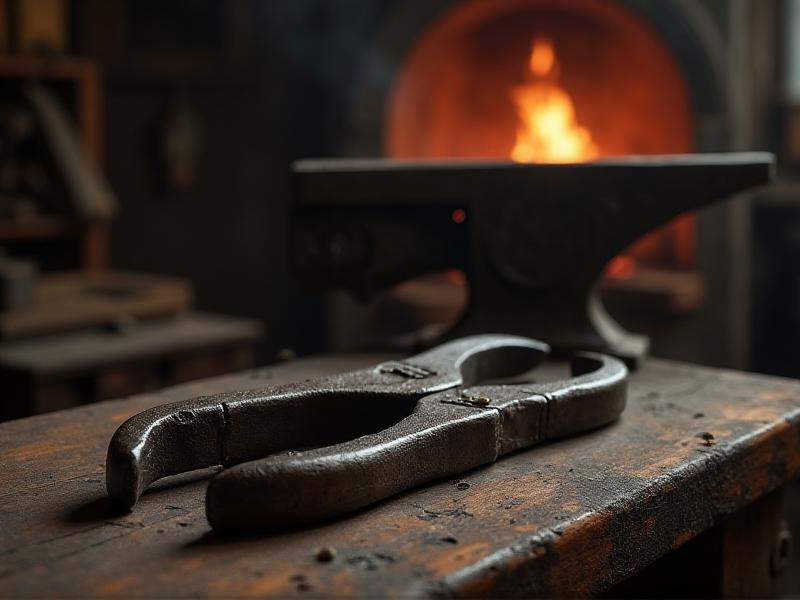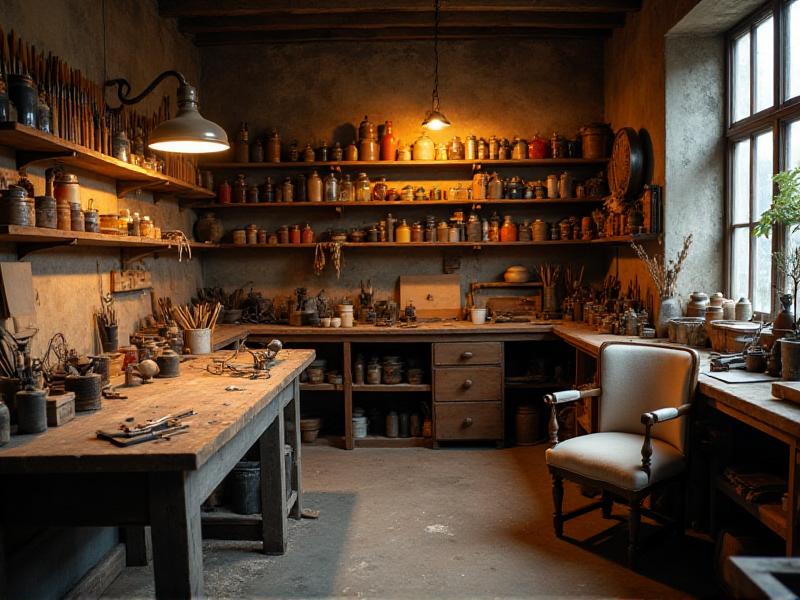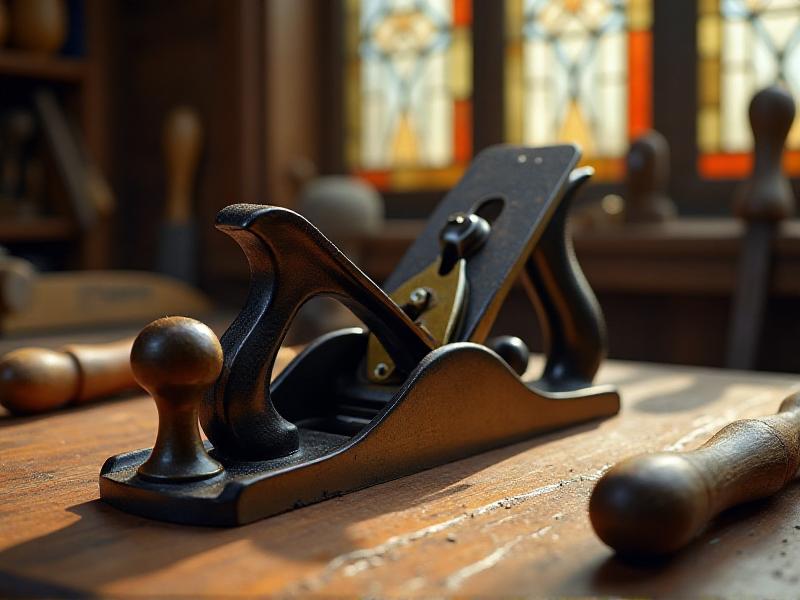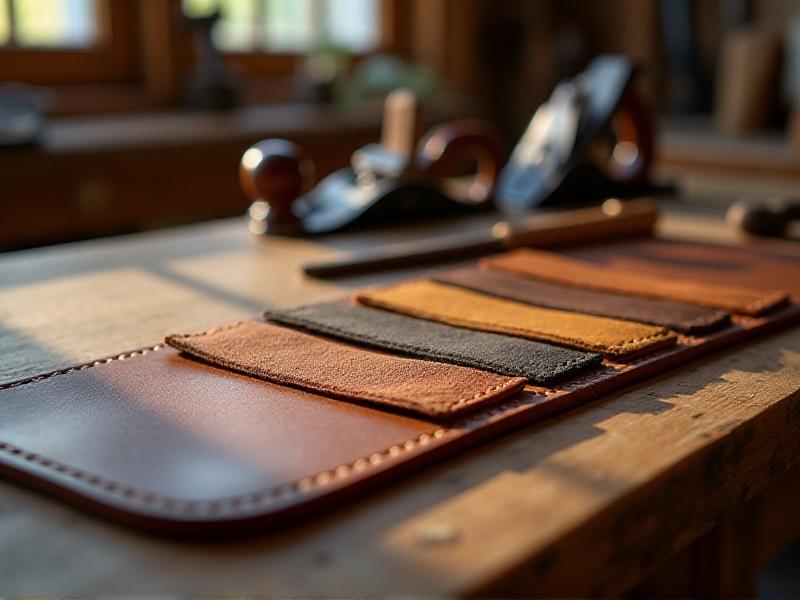Portable Forge Stand Engineering
The Evolution of Portable Forge Stands
Portable forge stands have come a long way since their inception. Originally, blacksmiths relied on stationary forges that were bulky and immovable. However, as the demand for mobility grew, so did the need for portable solutions. Early portable forge stands were rudimentary, often made from wood and basic metal components. Over time, advancements in materials and engineering have led to the development of lightweight, durable, and highly functional portable forge stands that cater to modern blacksmiths and metalworkers.
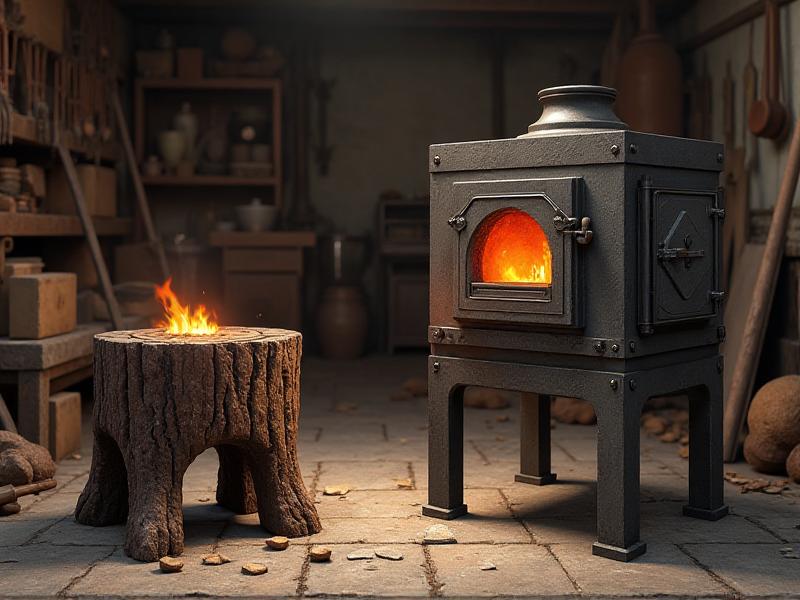
Key Design Principles for Portable Forge Stands
Designing a portable forge stand requires a careful balance between functionality, durability, and portability. Key principles include the use of lightweight yet robust materials like aluminum or high-grade steel, ergonomic design for ease of use, and modularity to accommodate different forge types. Stability is also crucial, as the stand must support the weight of the forge and withstand high temperatures. Additionally, features like adjustable height, foldable legs, and integrated storage for tools can significantly enhance usability.

Materials and Construction Techniques
The choice of materials and construction techniques plays a pivotal role in the performance of a portable forge stand. High-grade steel is commonly used for its strength and heat resistance, while aluminum offers a lightweight alternative. Welding and precision machining ensure durability and stability. Heat-resistant coatings and finishes protect the stand from corrosion and wear. Advanced manufacturing techniques, such as CNC machining, allow for precise and consistent production, resulting in high-quality stands that meet the demands of professional metalworkers.
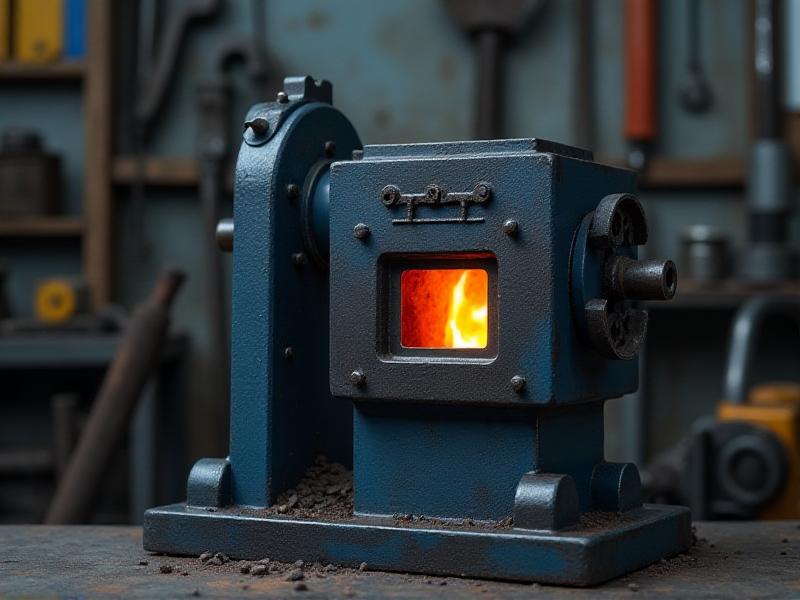
Ergonomics and User Experience
Ergonomics is a critical factor in the design of portable forge stands, as it directly impacts the user experience. Adjustable height settings allow blacksmiths to work comfortably, reducing strain on the back and shoulders. Foldable legs and compact designs make transportation and storage easier. Integrated tool holders and workspace extensions provide convenience and efficiency. Thoughtful design elements, such as non-slip surfaces and heat shields, enhance safety and usability, making the forge stand a reliable tool for both amateur and professional metalworkers.
Stability and Safety Features
Stability and safety are paramount when working with high-temperature forges. Portable forge stands are designed with wide bases and sturdy legs to prevent tipping. Heat-resistant materials and coatings protect the stand and surrounding area from damage. Safety features such as heat shields, non-slip surfaces, and secure locking mechanisms ensure safe operation. Regular maintenance and inspection of the stand are essential to maintain its stability and safety over time, providing peace of mind for the user.
Customization and Modularity
Customization and modularity are key trends in portable forge stand design. Many stands now offer interchangeable components, allowing users to tailor the stand to their specific needs. Modular designs enable easy upgrades and repairs, extending the lifespan of the stand. Customization options, such as adjustable height, additional tool holders, and workspace extensions, provide flexibility and convenience. These features make portable forge stands versatile tools that can adapt to various projects and workflows, catering to the diverse needs of metalworkers.
Maintenance and Longevity
Proper maintenance is essential to ensure the longevity of a portable forge stand. Regular cleaning and inspection help prevent corrosion and wear. Heat-resistant coatings should be reapplied as needed to maintain protection. Lubricating moving parts, such as adjustable legs and locking mechanisms, ensures smooth operation. Storing the stand in a dry, cool place when not in use prevents damage from environmental factors. By following these maintenance practices, users can extend the life of their forge stand and ensure it remains a reliable tool for years to come.
Applications in Modern Metalworking
Portable forge stands have found widespread applications in modern metalworking, from small-scale artisanal projects to large industrial operations. Their portability makes them ideal for on-site work, such as construction and repair jobs. In educational settings, they provide students with a practical and mobile solution for learning metalworking techniques. Artists and hobbyists appreciate the flexibility and convenience of portable forge stands for creating custom pieces. The adaptability and functionality of these stands make them indispensable tools in the ever-evolving field of metalworking.
Future Trends in Portable Forge Stand Engineering
The future of portable forge stand engineering is focused on innovation and sustainability. Advances in materials science may lead to the development of even lighter and more durable stands. Smart technology, such as integrated temperature sensors and automated height adjustment, could enhance functionality and user experience. Sustainable manufacturing practices, including the use of recycled materials and eco-friendly coatings, are becoming increasingly important. As the needs of metalworkers continue to evolve, so too will the design and engineering of portable forge stands, ensuring they remain relevant and effective tools in the industry.
